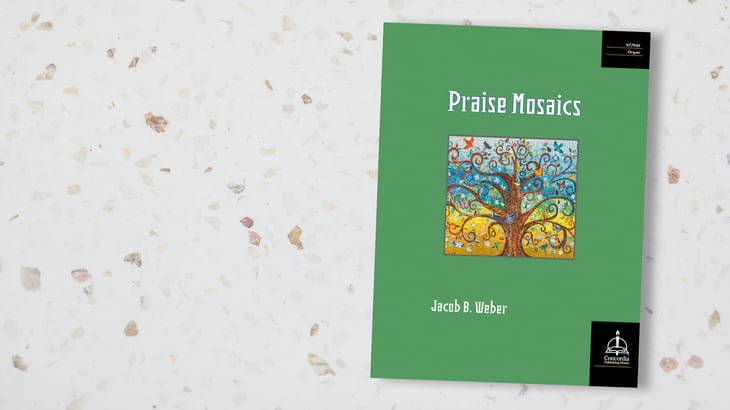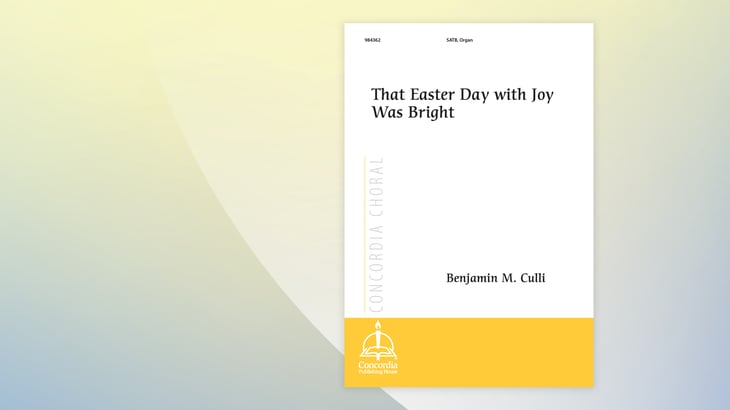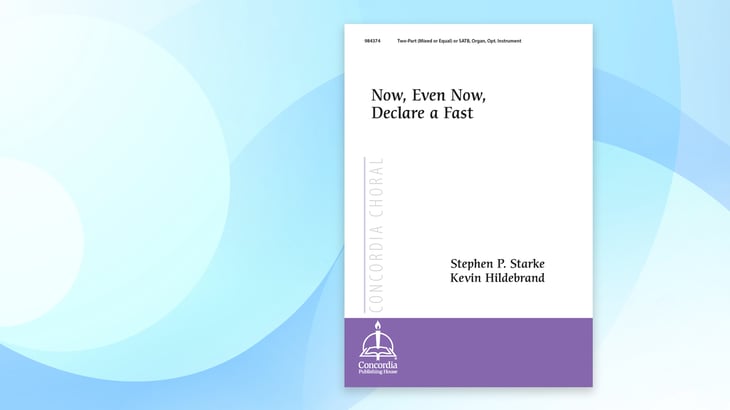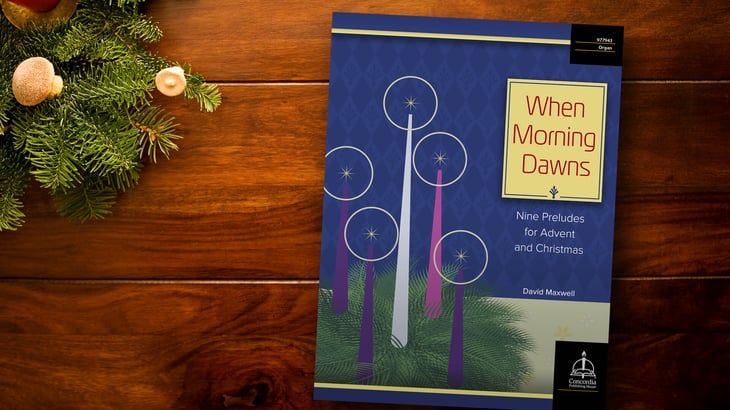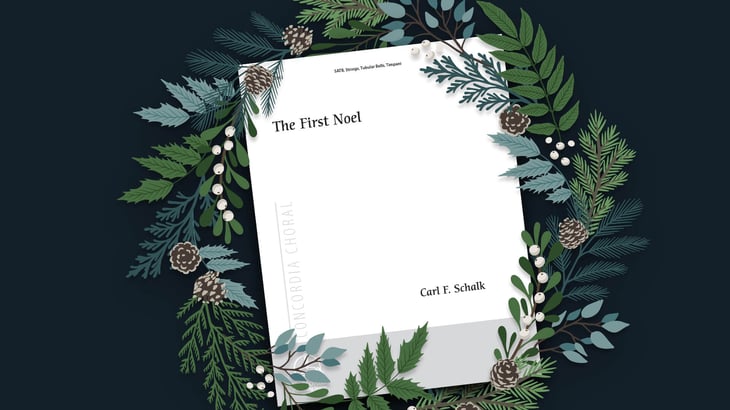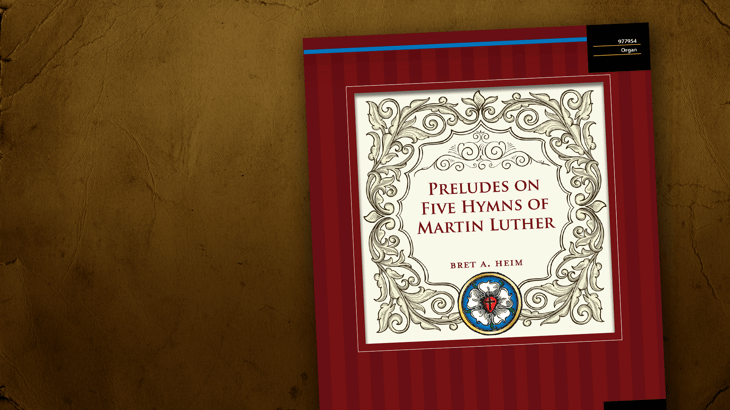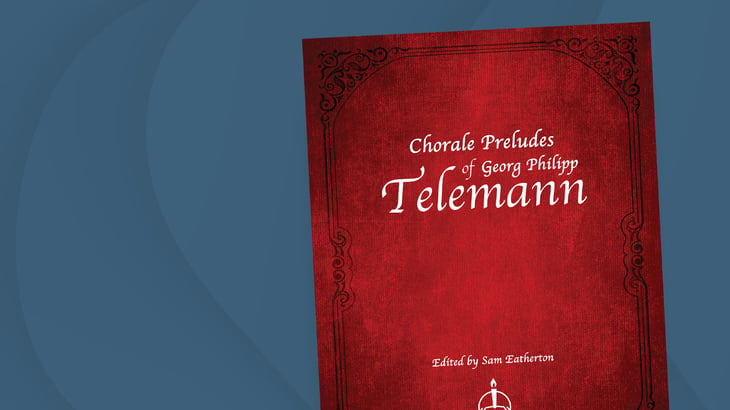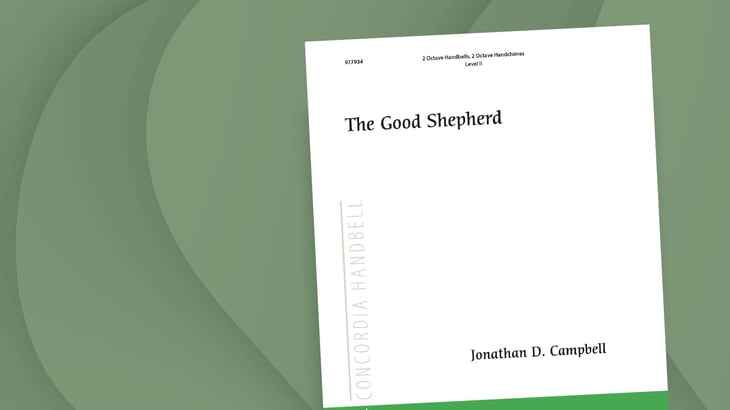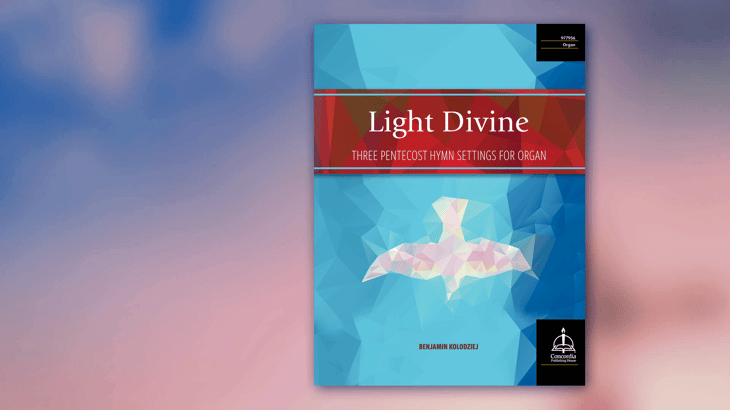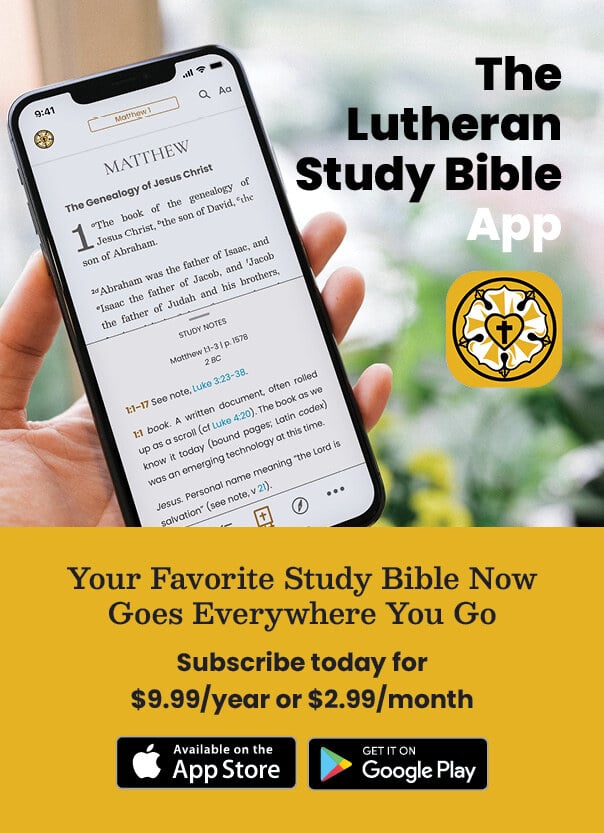Recent Posts by Nathan Grime
Music of the Month: Praise Mosaics
Jacob B. Weber continues his Mosaics series with six hymns of Praise and Adoration. Contents include a dance-like EARTH AND ALL STARS, a stately ENGELBERG, a majestic LAUDES DOMINI, two festive and versatile settings of LOBE DEN HERREN and SONG PRAISE, and a partita on UNSER HERRSCHER.
Music of the Month: That Easter Day with Joy Was Bright
A classic Easter text is given a substantive, dramatic setting by Benjamin M. Culli. This English cathedral–style anthem features a memorable tune accompanied by dramatic and thrilling organ writing. Utilizing the full dynamic ranges of both the choir and the organ, this majestic piece is perfect for Easter Sunday and throughout Eastertide. An optional trumpet part is available separately for download.
Music of the Month: Now, Even Now, Declare a Fast
Kevin Hildebrand has set a text by Stephen P. Starke to the Welsh tune LLEF. This easy-to-learn composition is useful throughout the Lenten season, especially on Ash Wednesday during the imposition of ashes. Written to be flexible, it may be sung by soloists or a two-part choir, with an optional SATB stanza, and it may be modified in length. An optional part for treble instruments is included.
Music of the Month: When Morning Dawns: Nine Preludes for Advent and Christmas
David Maxwell has crafted nine extensive organ settings for Advent and Christmas in this collection. Maxwell uses a variety of styles ranging from introspective (W ZLOBIE LEZY) to strong and majestic (CONSOLATION). The collection also includes a joyful toccata of ANTIOCH and a lively swung setting of GO TELL IT. These settings will be enjoyable for all levels.
Music of the Month: The First Noel
The First Noel is one of the final contributions to the Concordia Publishing House choral catalog by the late Carl F. Schalk (1929–2021). Schalk’s soaring tune and captivating setting of the beloved Christmas carol is set for SATB, strings, tubular bells, and timpani. Useful for concerts, services, and pageants, the piece is a processional carol. The new tune and unique combination of instrumentation will engage listeners and set the tone for concerts and worship.
Music of the Month: Preludes on Five Hymns of Martin Luther
Bret A. Heim has crafted new settings based on five of Martin Luther's hymns: GOTT DER VATER, WOHN UNS BEI; JESUS CHRISTUS, UNSER HEILAND; a cantilena and toccata on NUN BITTEN WIR; NUN FREUT EUCH; and a delightful triptych on NUN KOMM, DER HEIDEN HEILAND. These attractive settings will be a wonderful addition to the organist’s library.
Music of the Month: Praetorius Chorales for SAB Choir
This three-volume set edited by William Braun includes the SAB chorale settings of Michael Praetorius, making this collection accessible to most choirs. The settings may be used as a complete selection by the choir, as an anthem, or in alteration with the congregation for the Hymn of the Day.
Music of the Month: Chorale Preludes of Georg Philipp Telemann
The new music collection features an assortment of nineteen wonderful preludes by Georg Philipp Telemann (1681–1767) and edited by Sam Eatherton. Telemann composed chorale preludes that were typically set twice, the first in three voices and the second alio modo or aliter (“in another way”) consisting of two voices (bicinium), making these settings valuable to student and seasoned organists alike. This collection of chorale preludes was carefully selected and edited by Sam Eatherton to be compatible with Lutheran Service Book and other hymnals. These settings provide a fresh alternative that will appeal to church organists looking for new ways to present these German chorale tunes.
Music of the Month: The Good Shepherd by Jonathan D. Campbell
Jonathan D. Campbell has arranged a medley, or three hymn tunes, associated with Christ the Good Shepherd, including BROTHER JAMES’ AIR, BRADBURY, and RESIGNATION. Arranged with accessibility in mind, the setting is scored for two-octave handbells. Several meter and tempo changes provide variety and contrast, while the optional addition of handchimes adds to the gentle nature of the piece. Level II.
Music of the Month: Light Divine: Three Pentecost Hymn Settings for Organ
The Day of Pentecost marks the end of the season of Easter. The word “Pentecost” literally means “fifty,” as it falls fifty days after Easter Day.
On the Day of Pentecost, Jesus’ apostles were filled with the Holy Spirit and given the ability to speak in many languages, which they used to spread the Gospel to all people and cultures. The Day of Pentecost marks the beginning of the “Time of the Church” in the Church Year—that half of the Church Year where the paraments in the sanctuary remain green and God’s people hear, in more detail, about the works and ministry of Jesus.

